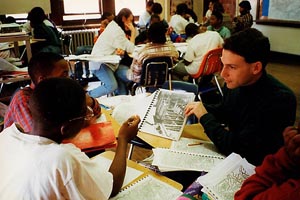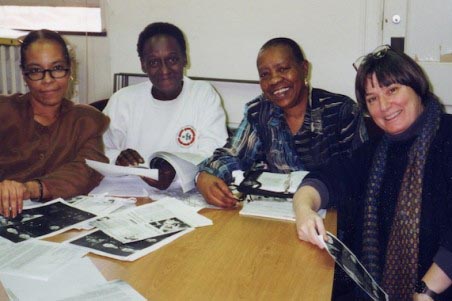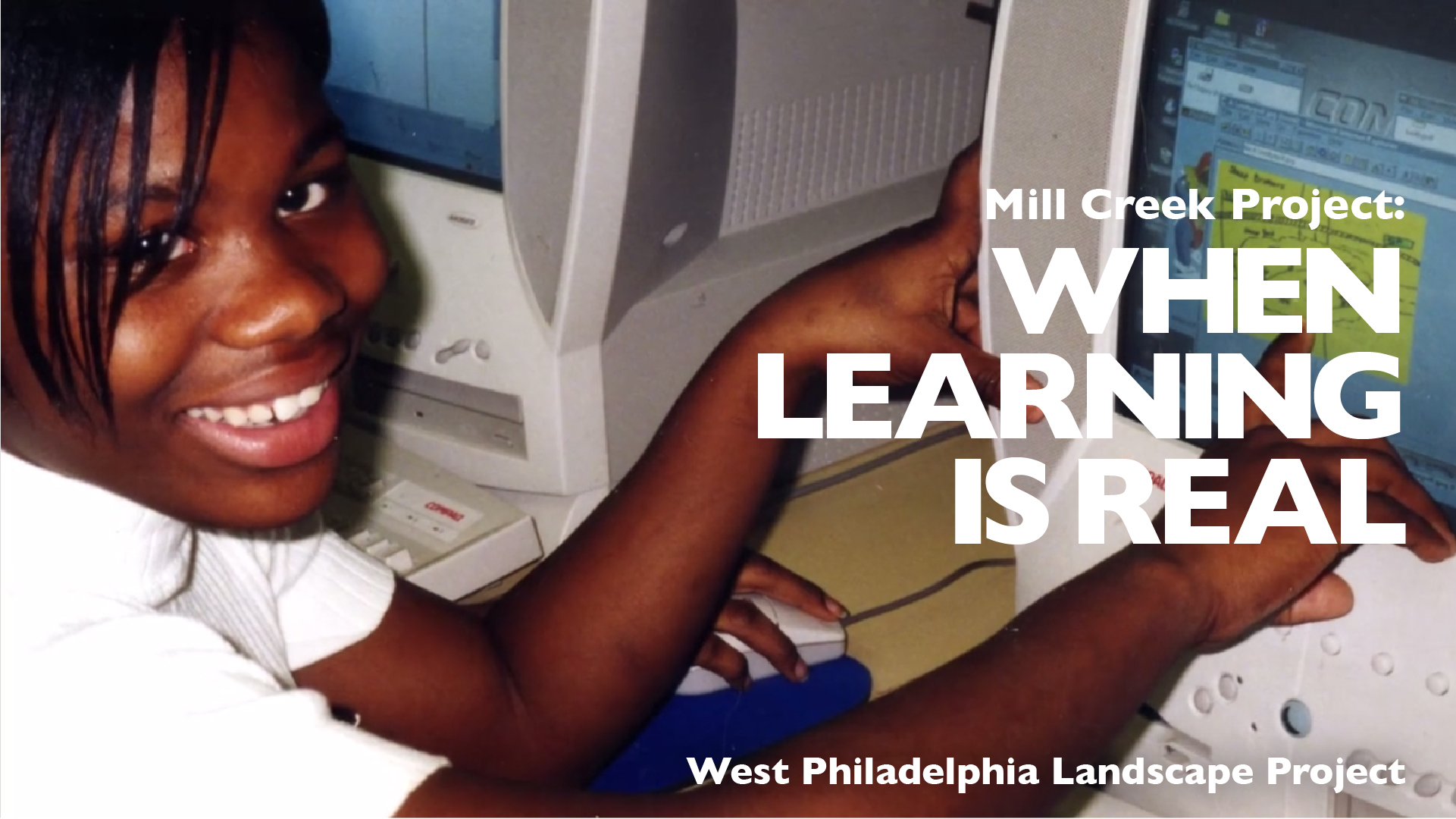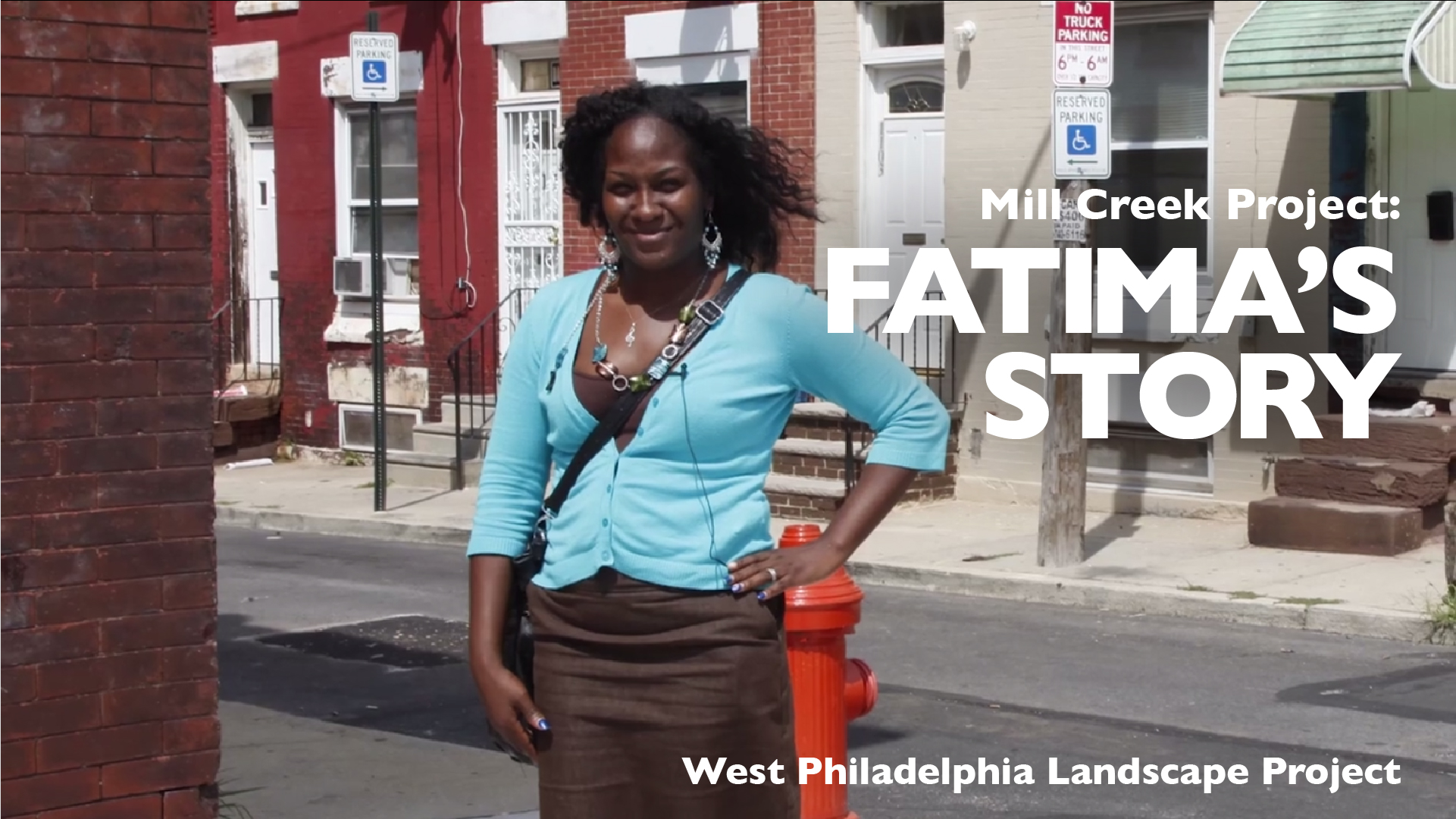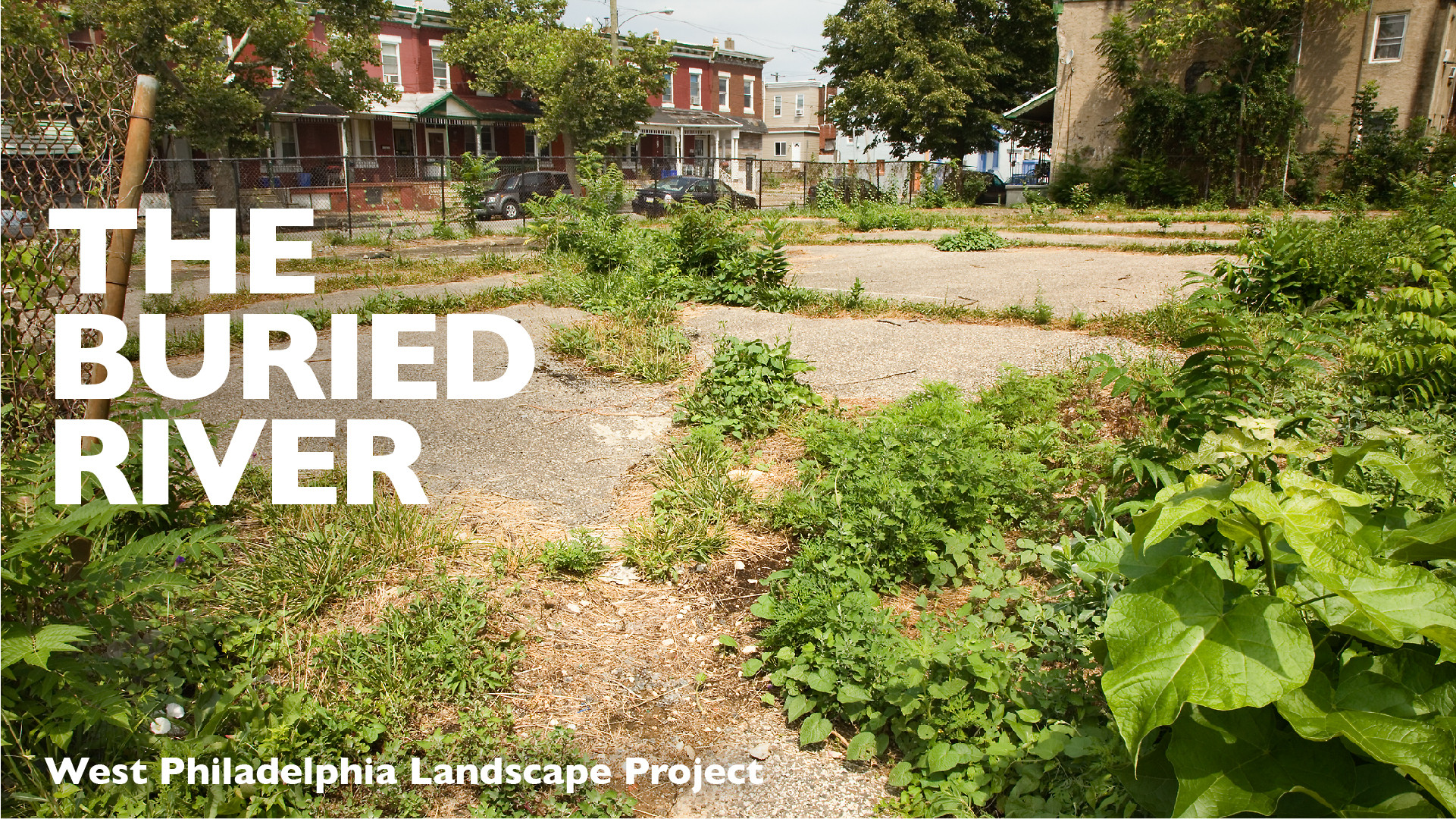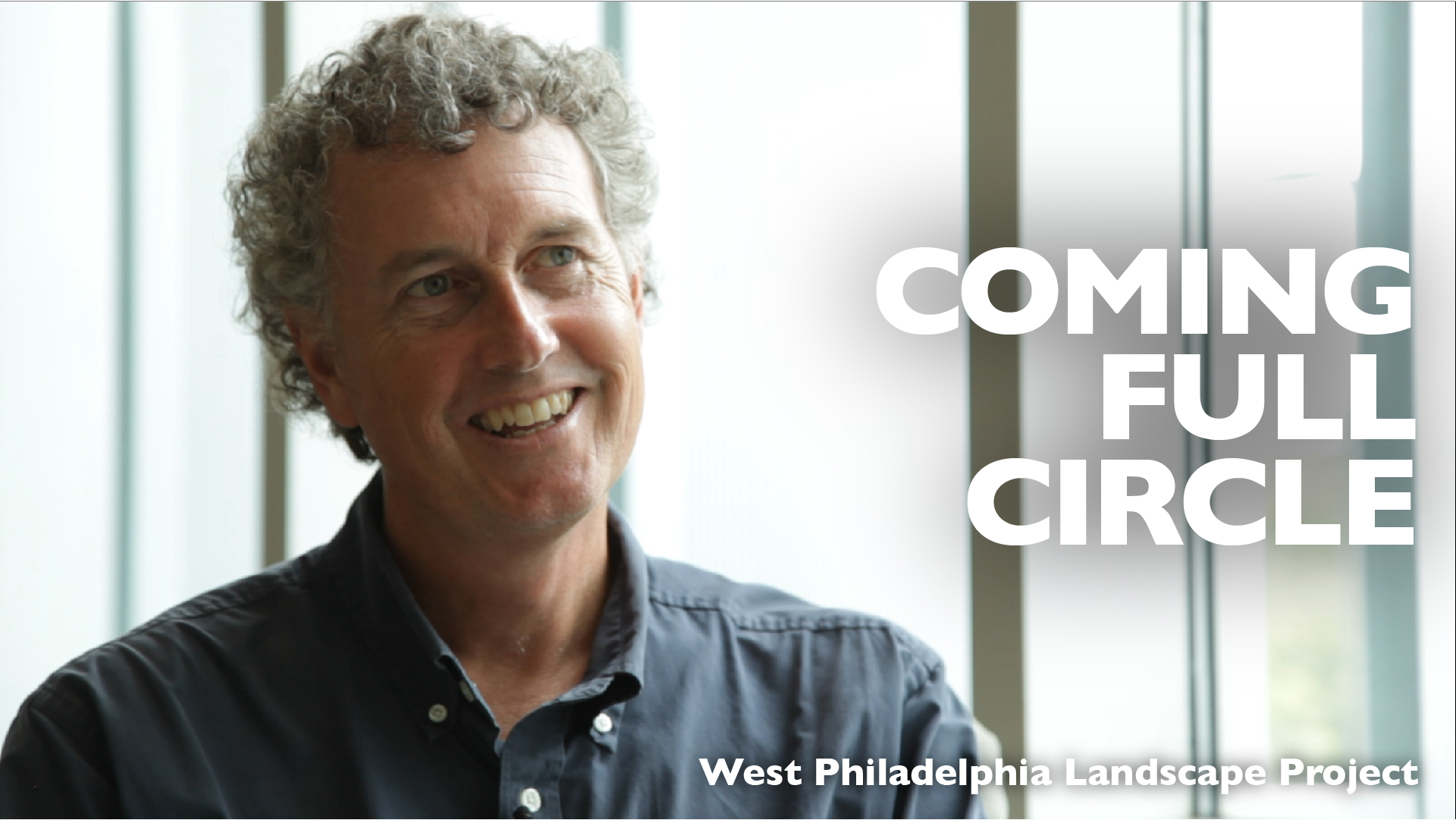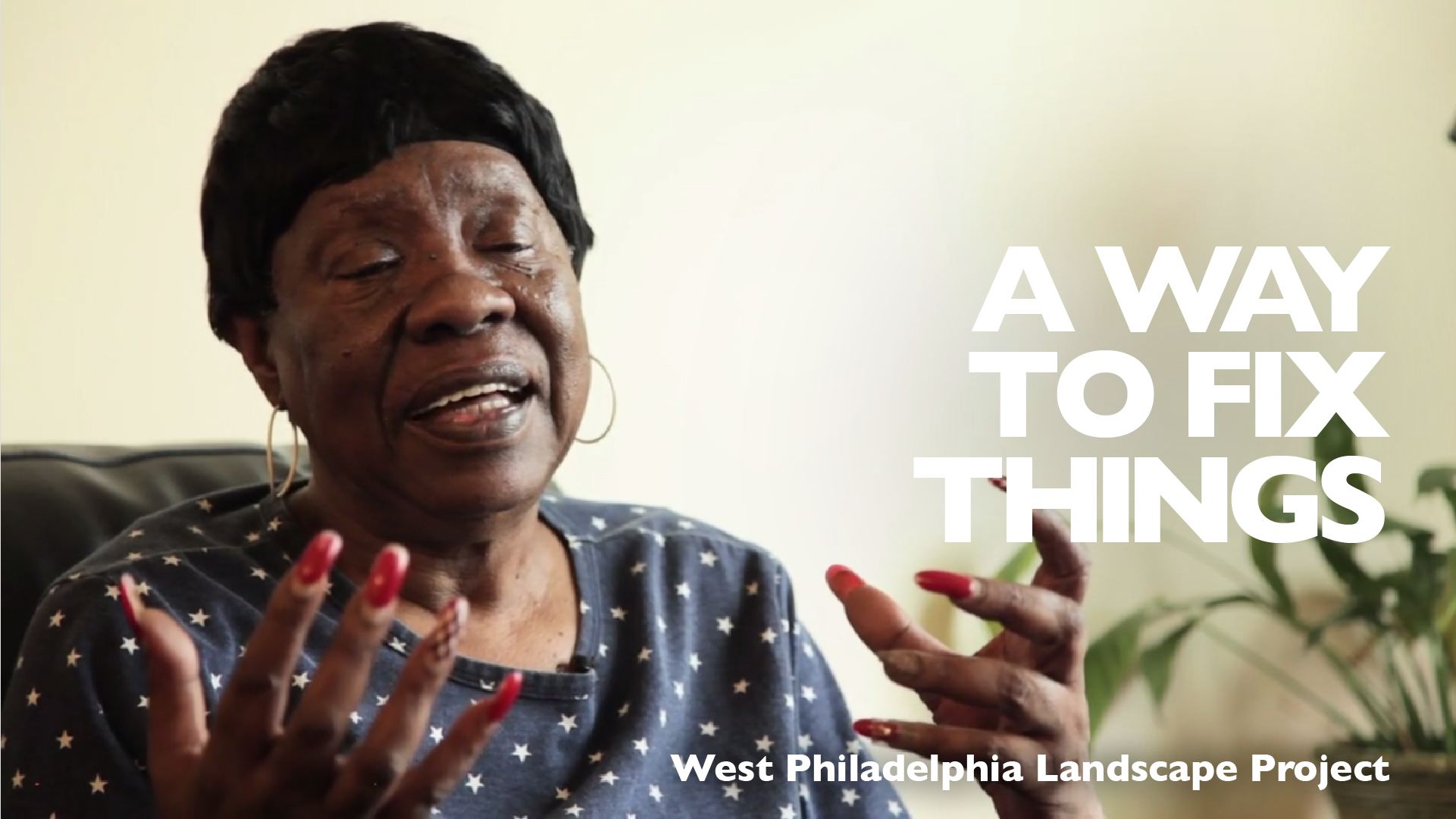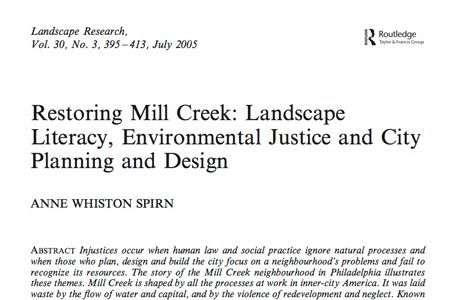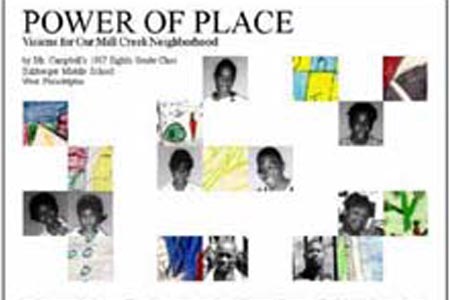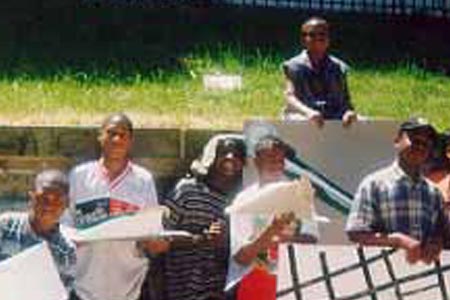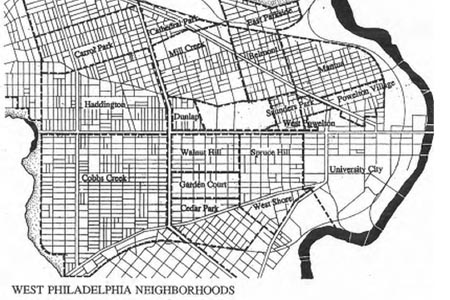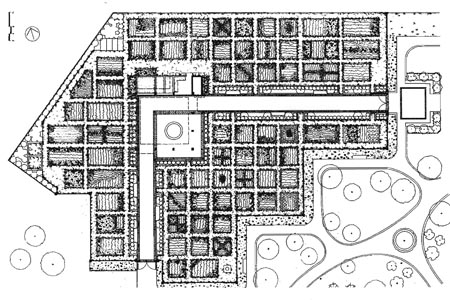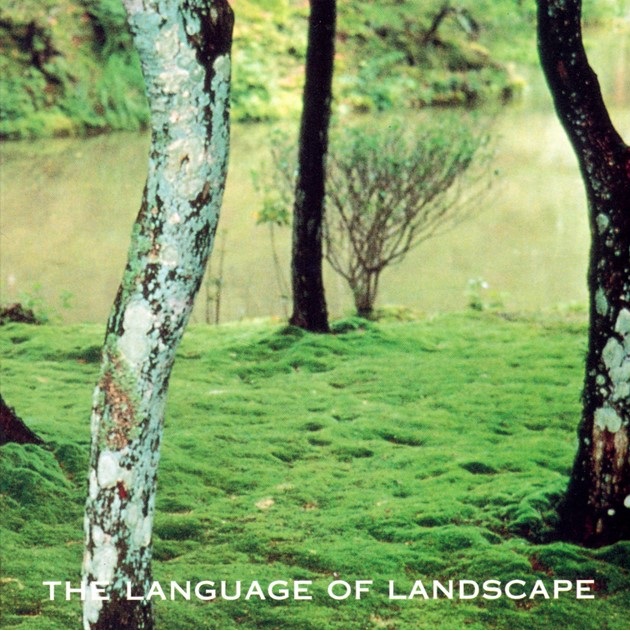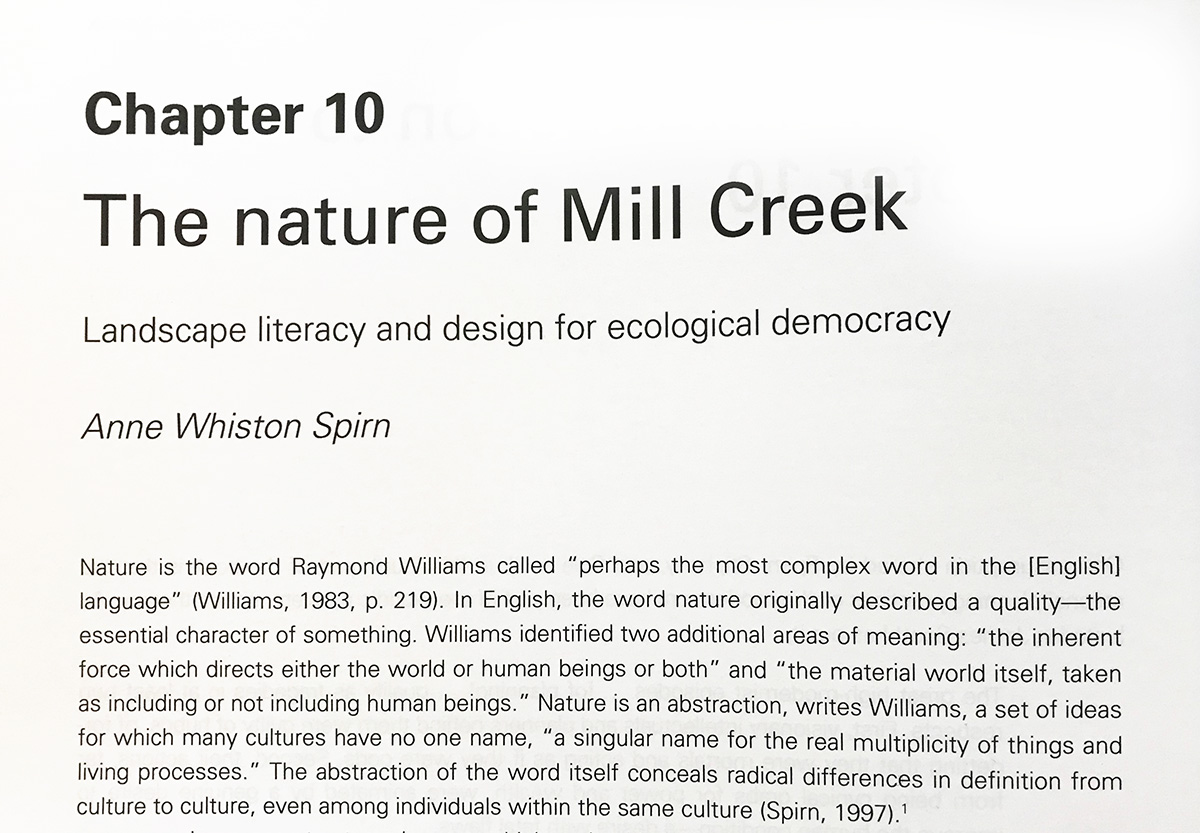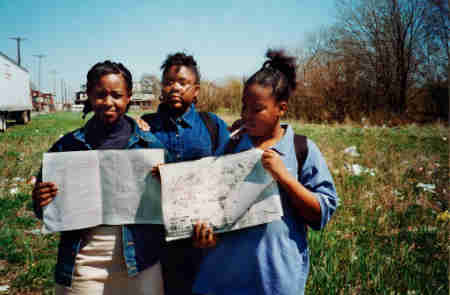
The landscape of Mill Creek tells many stories. Abandoned buildings and vacant land relate social, economic, and political stories: of the migration of industry and loss of jobs, of racial prejudice, poverty, and the failure of public policies. Vacant land in the valley bottom recalls the creek that once flowed there and the cave-ins that destroyed houses built along the sewer that encases the former stream. Community gardens and blocks of well-kept homes speak to the energy, pride, and skills of residents.
Like verbal literacy, landscape literacy is an essential skill. An inability to read landscape may blind public officials to a community's resources. It may prevent officials and community residents alike from understanding the risks and opportunities posed by the buried floodplain of Mill Creek and its watershed. To be literate in landscape is to recognize both the problems in a place and its resources, to understand how they came about, by what means they are sustained, and how they are related.
From 1995 to 2002, WPLP and Sulzberger Middle School collaborated on the Mill Creek Project. Hundreds of children alearned to read the neighborhood's landscape; they traced its past, deciphered its stories and told their stories about its future, some of which were built.
In 1999, the Mill Creek Coalition studied the buried floodplain of Mill Creek and its impact on the community and offered a series of workshops on the history of Mill Creek's landscape.
To learn more about these projects on landscape literacy, see the projects, courses, stories, and publications below.
